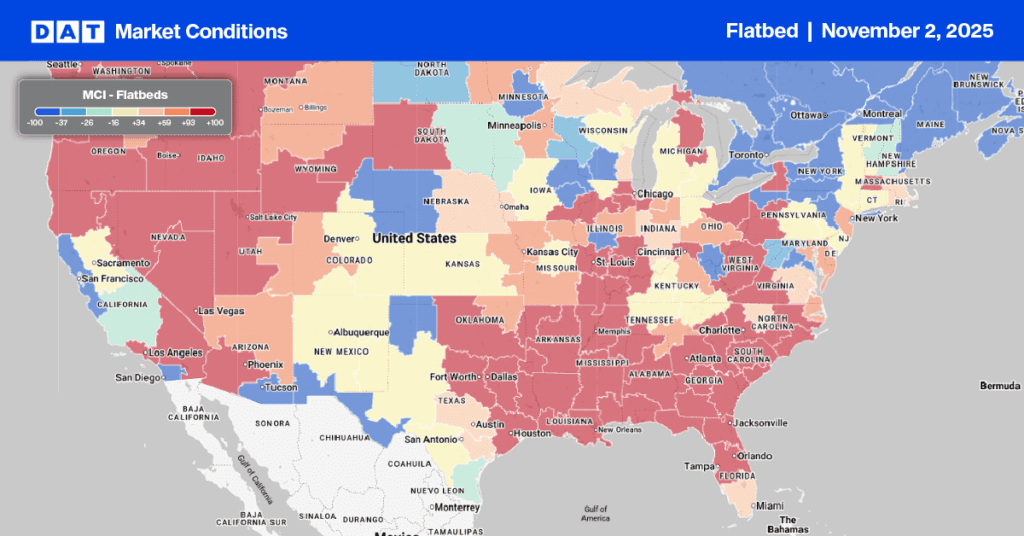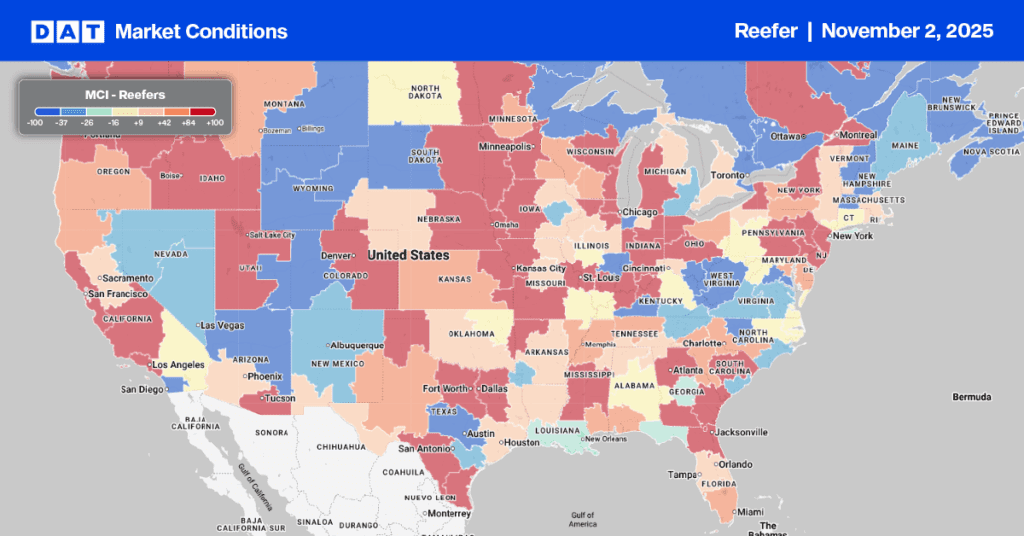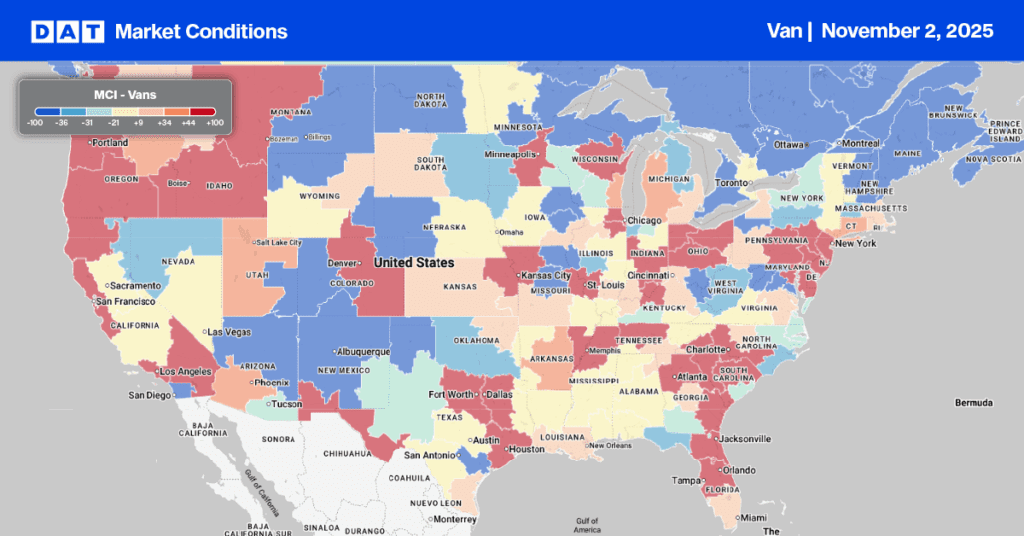Despite many Americans’ aversion to having to “spring forward” and “fall back” each year with daylight saving time (DST), recent attempts by states to switch to permanent DST have gone dark. There is growing support to eliminate the changing of clocks twice yearly, with a survey by the American Academy of Sleep Medicine in 2020 finding that 63% of Americans support a national, permanent, year-round routine.
The Sunshine Protection Act aims to do just that after the bill was introduced in the U.S. Senate by Senator Marco Rubio of Florida in March this year. Under the bill’s provisions, no clock changes would occur in the spring and fall. Senator Rubio’s Sunshine Protection Act would eliminate the changing of clocks to standard time for those four months. If enacted, we would not “fall back” in November and enjoy a full year of DST instead of only eight months.
Arizona, Hawaii, and U.S. territories already following permanent standard time would be exempt from the law. These states and territories would continue using their current system of permanent standard time.
What’s the status of the Sunshine Protection Act?
More than 25 states have introduced bills to replace DST with one stable time, with more than 15 passing legislation stating they’d change if allowed to by federal law. At issue is Federal law, which prohibits states from switching to permanent DST. No major legislative changes to DST have been enacted yet in 2023, so clocks will fall back one hour on Sunday, November 5.
What’s the impact on truckers of a permanent shift to DST?
Experts from different fields have weighed in on daylight saving time. While most sleep scientists prefer permanent standard time, many economists and business experts favor permanent DST. Sleep scientists have forcefully argued that the potentially harmful health effects on sleep, physical, academic, and mental health, and car accidents justify a policy of permanent standard time.
Analysts supporting permanent DST say that more daylight in the evening could improve public safety, increase social and commercial activity, and lower electricity use. For truckers and shift workers, more light in the evenings means sleep occurs much later, resulting in less sleep and higher accident rates. The well-documented “100 Deadly Days of Summer” is a case where fatal car accidents between Memorial Day and Labor Day increase substantially.
Fall also means focusing on drowsy driving and, paradoxically, more sleep.
November means focusing on drowsy driving after daylight saving ends as the National Sleep Foundation (NSF) gears up for Drowsy Driving Prevention Week (DDPW) from November 5-11. It’s also the perfect time to focus on sleep deprivation and drowsy driving as it coincides with the end of DST and elevated accident risk.
The annual DDPW campaign aims to reduce the number of drivers who drive while sleep-deprived and, according to NSF, is the cause of more than 6,400 U.S. deaths annually and 109,000 injuries. The economic costs of fatigue-related fatal and injury crashes are estimated at $109 billion, according to the National Highway Transport Safety Administration (NHTSA).
Driving drowsy is the same as driving drunk.
Just over 25 years ago, Professor Drew Dawson at the Center for Sleep Research in Adelaide, Australia, conducted one of the first studies to equate the performance impairment caused by fatigue with alcohol intoxication. The aim was to show that moderate levels of fatigue produce higher levels of impairment than the prescribed level of alcohol intoxication. Prof. Dawson found plenty of willing volunteers to participate in the study, especially the group asked to consume alcohol at 30-minute intervals.
The comparisons between the sleep-deprived and alcohol-impaired group after 28 hours showed that after 17 hours of sustained wakefulness, cognitive and psychomotor performance or motor skills decreased to a level equivalent to the performance impairment observed at a blood alcohol concentration of 0.05%. This is the prescribed level of alcohol intoxication in many Western industrialized countries. After 24 hours of sustained wakefulness, cognitive psychomotor performance decreased to a level equivalent to the performance deficit observed at a blood alcohol concentration of roughly 0.10%.
Drowsy driving is part of a much bigger problem, though.
The National Highway Traffic Safety Administration (NHTSA) reported that 42,915 people died in motor vehicle crashes in 2021 – the most since 2005 and an average of 117 deaths daily. Crash deaths rose by 10.5% in 2021 compared to the year before, making it the largest-ever annual percentage increase in the nearly five-decade history of the Fatality Analysis Reporting System. NHTSA’s 2021 Early Estimates of Motor Vehicle Traffic Fatalities also highlight concerning increases in several types of roadway deaths, including pedestrians (up 13%), on urban roads (up 16%), and in speeding-related crashes (up 5%).
While estimates of deaths caused by drowsy drivers range from 2% to 20% of all traffic fatalities, safety officials agree that the extent of the problem is not fully known. Governors Highway Safety Association (GHSA) Executive Director Jonathan Adkins states, “There are challenges associated with measuring and combating drowsy driving. Law enforcement lacks protocols and training to help officers recognize drowsy driving at the roadside. And if a crash occurs, the drowsy driver may not report the cause due to monetary and other penalties concerns.”
Despite community awareness, fatigue-related accidents continue to rise.
Drowsy-driving campaigns have been around for at least 25 years, yet despite the community awareness campaigns, injuries and fatalities from fatigue-related crashes seem to have made little impact on changing driver behavior. One of the main reasons for the lack of progress is the terms “drowsy driving” and “fatigue-related,” which describe the symptoms rather than the cause.
At the heart of the matter are sleep, diseases of sleep, sleep deprivation, irregular work schedules, and light pollution. Focusing on the outcome does little unless there’s more focus on the solution, which occurs at home before anyone gets behind the wheel. Sleep education is critical and should be taught in every high school and university – that’s the only way to obtain generational change and improve sustained driver behavior. The other factor is impairment, i.e., a tired driver often lacks the ability to perceive the level of risk behind the wheel and often keeps driving head-on into danger.


